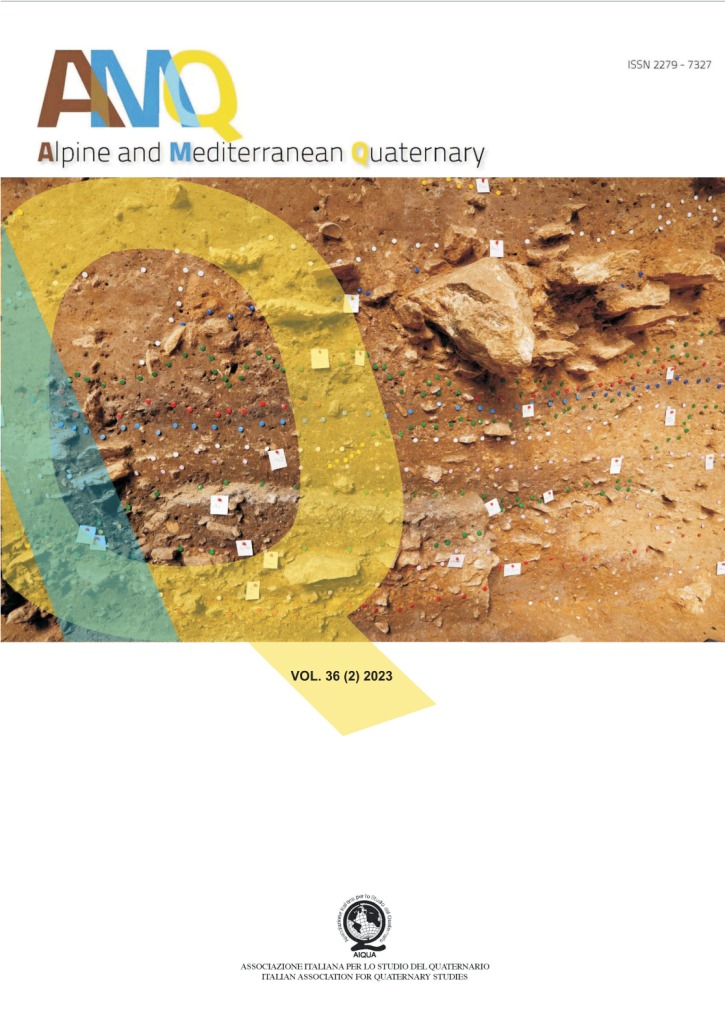NEOTECTONICS AS A PROCEDURE TO UNCOVER ACTIVE SEISMOGENIC FAULTS: THE PRESENT EFFICACY OF THE ITALIAN APPROACH MATURED IN 1970-1980 Neotectonics for investigating active and seismogenic faults
Main Article Content
Abstract
Earthquakes are generated by active faults. Defining a fault as active can allow to make inferences about seismicity and the seismotectonic characteristics of the territories in which a fault is nestled. This contributes to make inferences about the hazards connected to active faults, that is seismic shaking and surface faulting hazard. Scientific literature doesn’t still get to a univocally accepted definition of what can be considered as active fault, or of which are the characteristics that a fault must display to be considered as active. Since the seventies of the past century the definition of a fault as active has been linked to the tectonic regime affecting a given region. Therefore, to assess fault activity it is fundamental to ascertain the tectonic regime affecting a given region. Neotectonics, defined by Carlo Bosi (1992) in his noteworthy synthesis as “an integrated set of researches with the aim to define the Plio-Quaternary (in the Italian case) tectonic evolution defined through a temporal scan of hundreds of thousands of years”, represents a fundamental and irreplaceable methodological instrument to assess the tectonic regime affecting a given territory and thus to make inferences on fault activity in a seismotectonic perspective.
Article Details
Issue
Section

This work is licensed under a Creative Commons Attribution-NonCommercial-NoDerivatives 4.0 International License.
The Author grants usage rights to others using an open license (Creative Commons or equivalent) allowing for immediate free access to the work and permitting any user to read, download, copy, distribute, print, search, or link to the full texts of articles, crawl them for indexing, pass them as data to software, or use them for any other lawful purpose.

